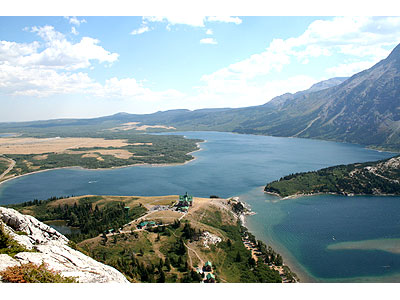Women and girls use more than 8 hours a day travelling from 10 to 15 km to collect water. They transport between 20 and 15 litres of water in each trip.
In most developing countries, women are responsible for water management at the domestic and community level.
Women have often played a leadership role in promoting environmental ethics, reducing resource use and recycling resources, to minimize waste and excessive consumption. Women, especially indigenous women, have particular knowledge of ecological linkage and fragile ecosystem management. Sustainable development practices that do not involve women will not succeed in the long run.
Some 30% of women in Egypt walk over an hour a day to meet water needs.
At least 50% of the world’s food is grown by women farmers and it amounts to 80% in some African countries.
Read more




